The beauty of the National Parks, get to know them in these 15 images
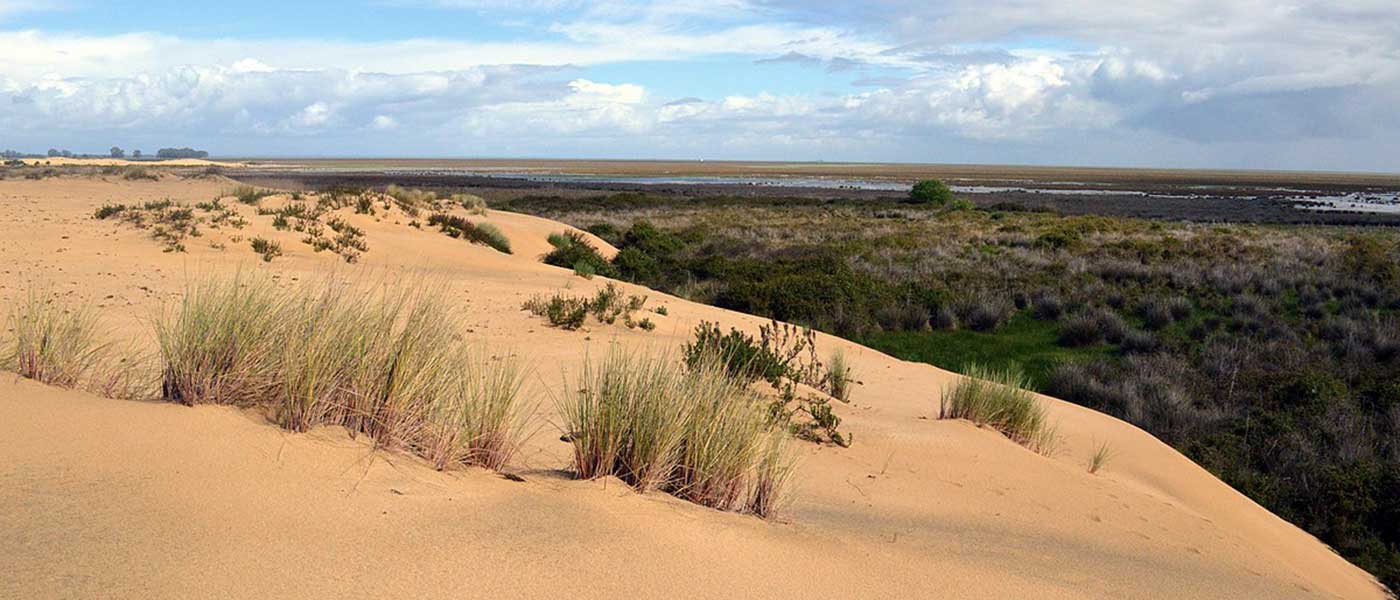
Spain's national parks are a reservoir in which flora and fauna are decisively involved. On the other hand, for many years now, the national parks have been a tourist policy based on the richness of their natural landscape, which both enhances and preserves it.
Each national park is unique, its geographical location, with its environmental conditions, all of which determine its flora and fauna, a unique and exclusive ecosystem. In the following tour we will explore the benefits and peculiarities of each of the 15 national parks in Spain.
1. Ordesa y Monte Perdido National Park
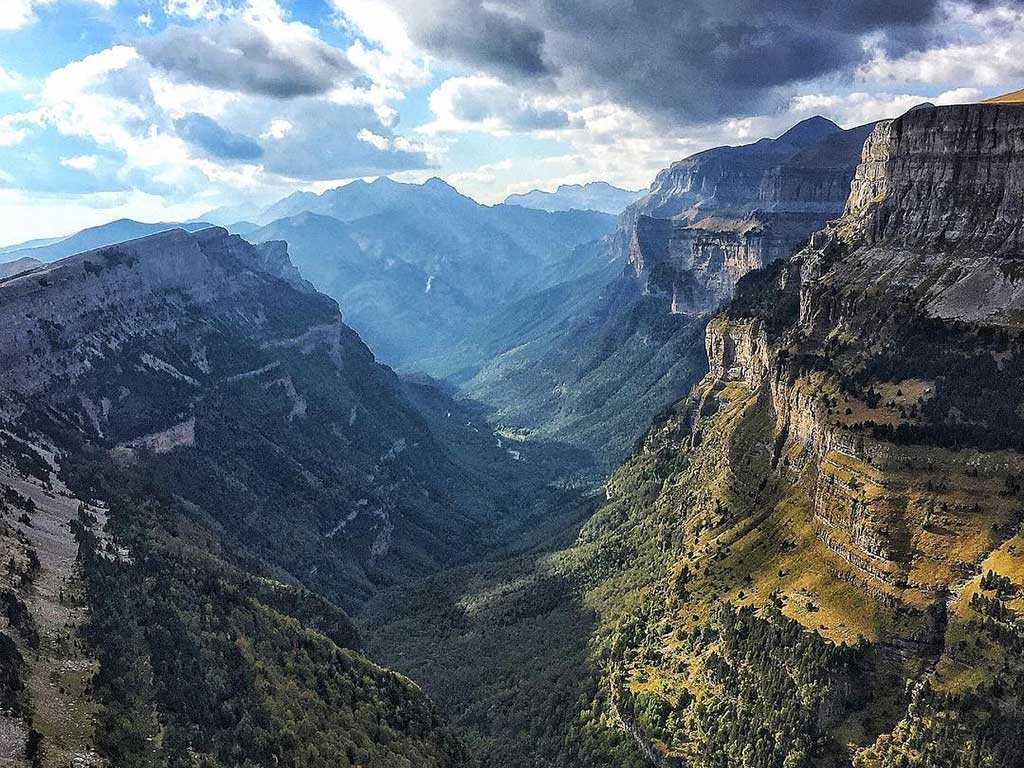
Located in the Huesca PyreneesAragon, in the Sobrarbe regionIt is the second oldest national park in the country. A park with history.
In the National Park we can find four valleys of glacial nature: Ordesa, Añisclo, Pineta y Escuaínin the Monte Perdido Massif. This condition determines the type of vegetation and species that distinguish the park. It has some 2,450 plant species in which thick forests of Scots pine, beech and fir converge.
The flora of this park is diverse, ranging from the fragile edelweiss, blueberries, raspberries, heathers and thistles. In this flowery terrain, the fauna is represented by the bearded vulture, the golden eagle, the capercaillie, the ptarmigan and the Alpine accentor.
We can enjoy the Park thanks to some of its routes. We can highlight the circular route that will take us to the Cola de Caballo through the Faja de Pelay, with a return via the soaso steps. There is an adapted path -accessible- in the Ordesa Meadow. We can also mention the path to the viewpoints of Revilla in the Garganta de Escuaín.
2. Aigüestortes i Estany de Sant Maurici National Park
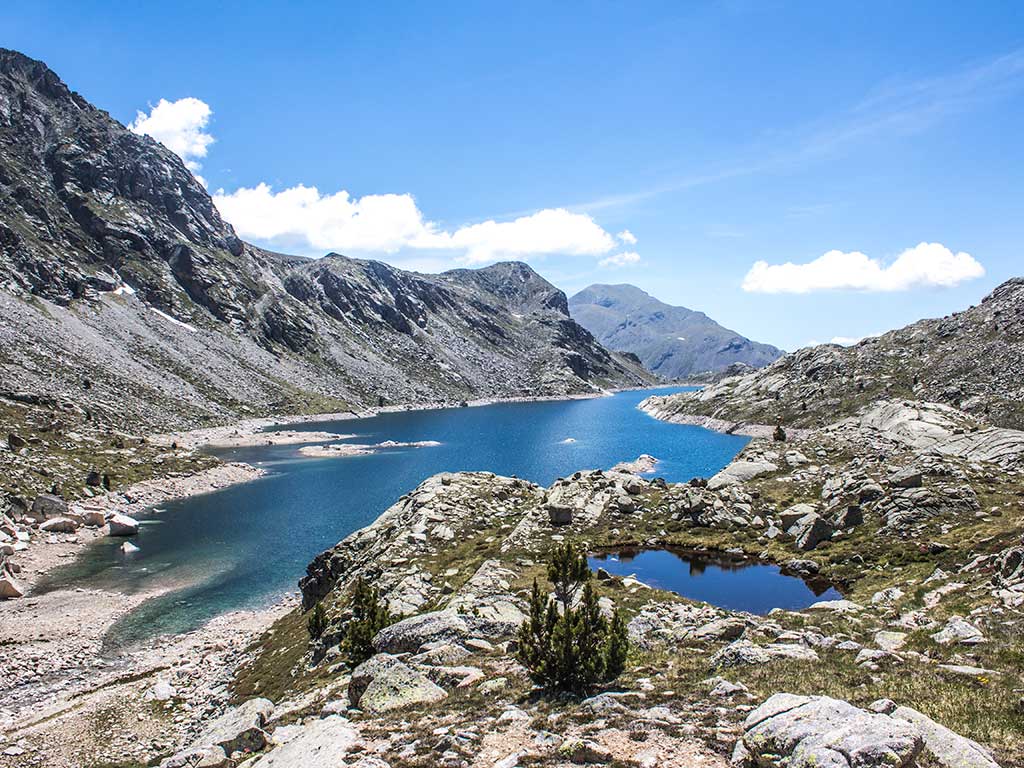
The Aigüestortes i Estany de Sant Maurici National Park is located in the central part of the Pyrenees. It covers four Pyrenean regions: Alta Ribagoza, Pallars Sobirá, Pallars Jussá and the Aran Valley, all of them located in Lleida.
The park covers an area of 141 km². It was declared a National Park on 21 October 1955. Its special feature is its high density of lakes, more than 200 lakes. Of particular note are the cliffs, such as "Els Encantats", and its characteristic high mountain meanders (the aigüestortes).
1,471 species of plants in which we can find beech, oak, ash or hazelnut trees, deciduous forests that are characterised by being very shady.
200 vertebrate species. Most of them are birds. We can find the capercaillie, the alpine lizard, the bearded vulture, the grey partridge and the red-billed chough.
In the park you can enjoy nature through activities such as hiking: the Isard route, the Vall de Monestero or the Estany de Sant Maurici viewpoint route are options in the park. There are also mountain bike routes, such as the famous Pedals de Foc, which can be done on a mountain bike and which is often used by the hundreds of visitors who choose this destination every year.
3. Sierra de Guadarrama National Park
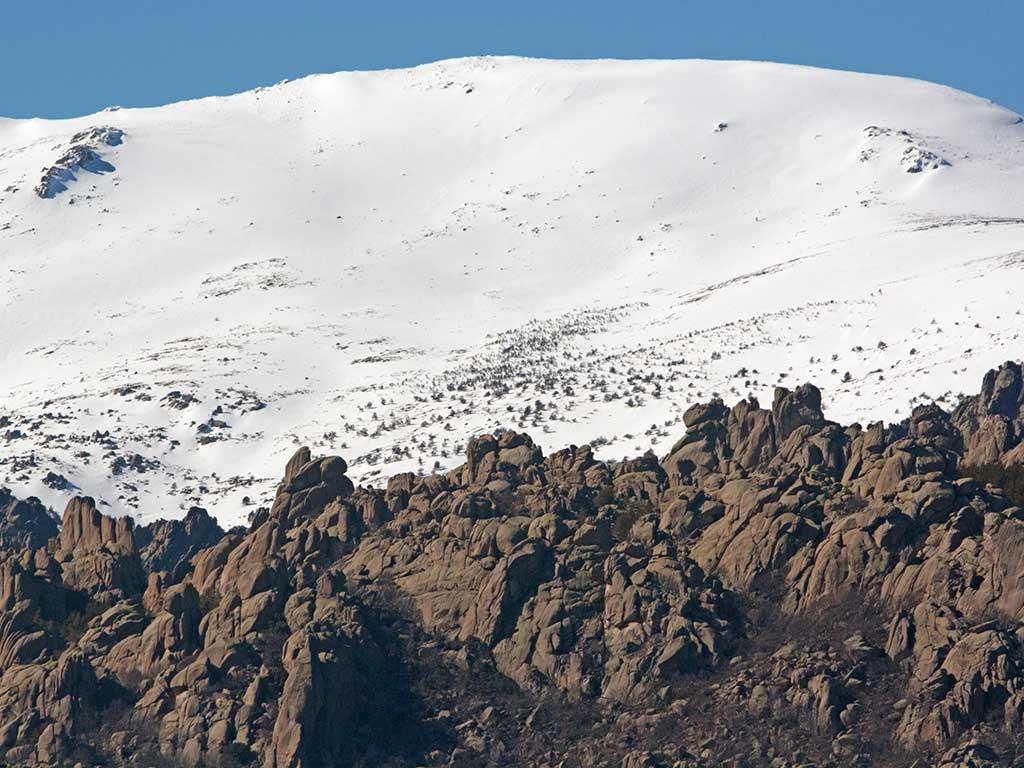
On 13 June 2013 the Sierra de Guadarrama National Park was declared a reservoir of interest for Spain, located in the eastern part of the Central System between Madrid and Segovia with an area of 339.6 km². It has a very unique flora and fauna as it is located in a high area.
There are traces of periglacial landscapes in the area. According to the inventory of species, some 114 species have been identified, among which we can name the Scots pine, oak oak groves, stone pines, grouse, holm oaks, morels, chanterelles and lepiotes. As for the fauna, we can find deer, wild boar, roe deer, fallow deer, badgers, various mustelids, wild cats, foxes and hares.
In the park there are routes for children, geological, botanical and ornithological routes.
4. Monfragüe National Park
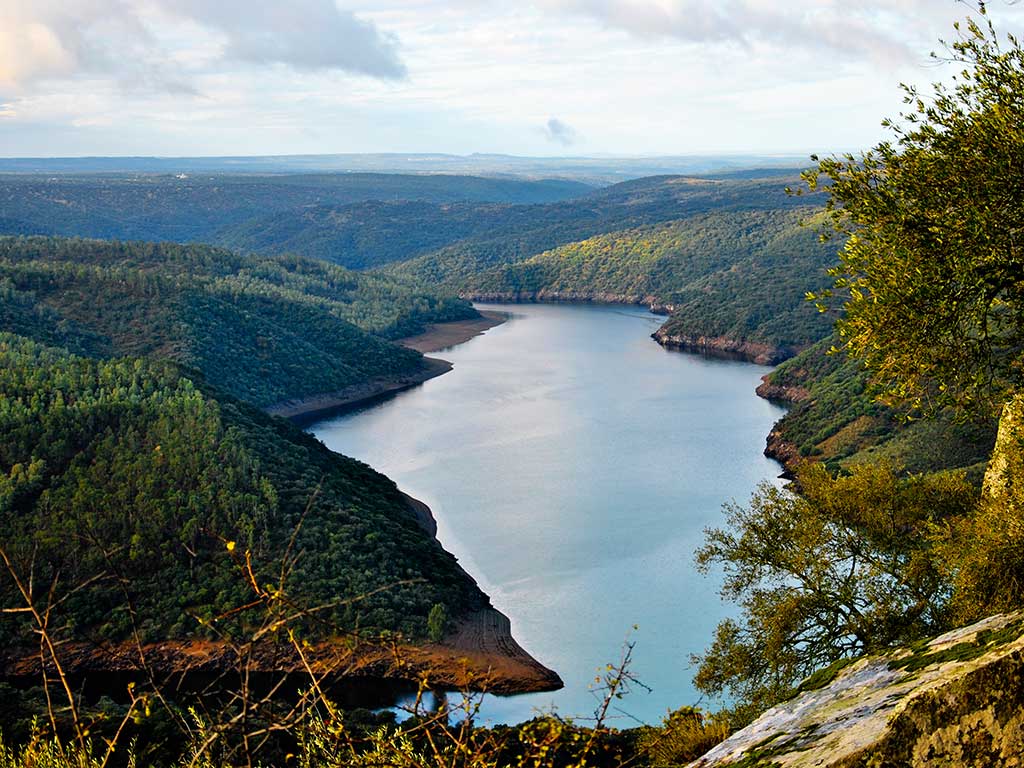
Monfragüe National Park was elevated to National Park status on 2 March 2007. Located in Cáceres, it covers an area of 1,950 km². Its natural environment remains almost intact and is of great interest at European level.
The flora of cork oaks, gall oaks, holm oaks, foxgloves and ferns is united in a natural display. The fauna is varied and includes species such as the black vulture, golden eagle, peregrine falcon, otters and foxes.
5. Cabañeros National Park
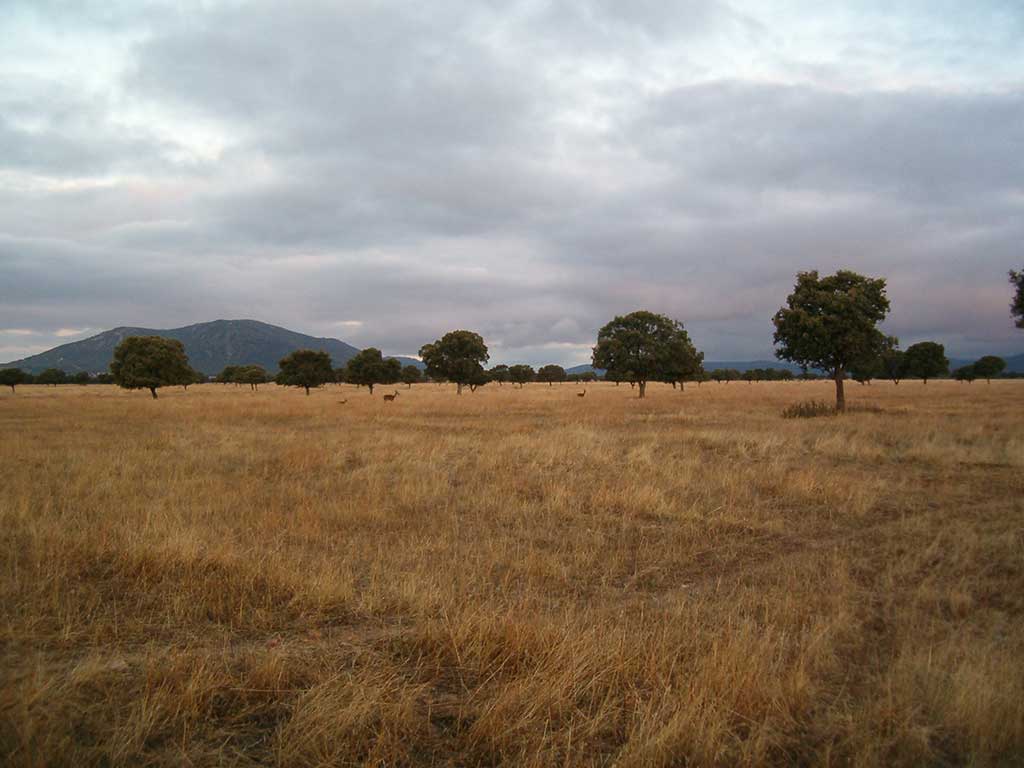
Cabañeros National Park is located in Castilla-La Mancha. More precisely, between the provinces of Toledo and Ciudad Real. It was declared a National Park on 20 November 1995 and covers an area of 408.56 km².
We will find a flora in bioclimatic levels, a unique ecosystem. In this habitat you can find some 22 species, catalogued as vulnerable and of special interest.
Among the species that characterise the park are the birch, yew, holm oak, gall oak, ash and strawberry tree. As for the fauna, species such as the black and griffon vultures, the Iberian imperial eagle, the wild cat and the Iberian lynx stand out.
6. Doñana National Park "
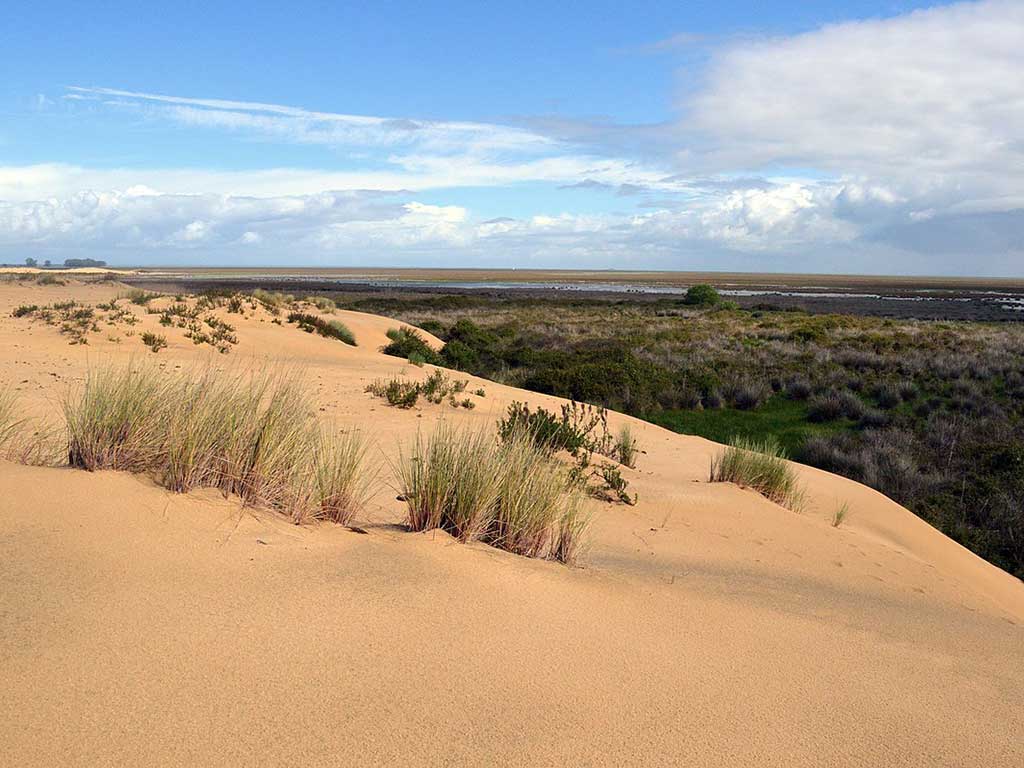
The Doñana National Park was declared a National Park on 16 October 1969 and is located between Huelva, Seville and Cadiz with a surface area of 543 km². Its importance transcends the borders of Spain and the park is considered one of the most important in Europe.
There are two ecosystems, one of pine forests and the other of Mediterranean scrubland and marshland. Its flora is varied and we can see rockroses, jaguar, rosemary and mastic trees. As far as the fauna is concerned, we come across the Iberian lynx, the imperial eagle and the Moorish tortoise.
7. Sierra Nevada National Park
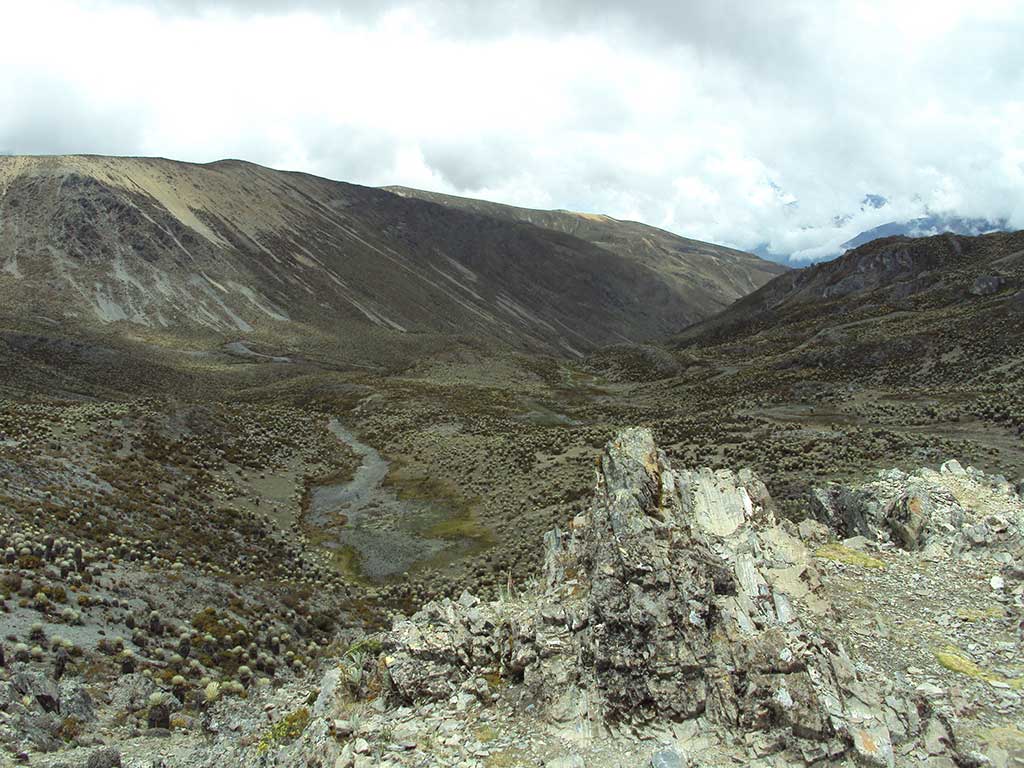
The Sierra Nevada National Park covers an area of 862.08 km² and is located between Granada and Almería. It was declared a National Park on 11 January 1999. It is the second highest mountain massif in Western Europe after the Alps. The peak of Mulhacén is its highest peak at 3,479 m.
The flora and fauna vary with altitude. High mountain pastures, scrublands, deciduous forests or Mediterranean scrub. The fauna includes the Alpine accentor, the wheatear, the skylark and the black redstart.
8. Timanfaya National Park
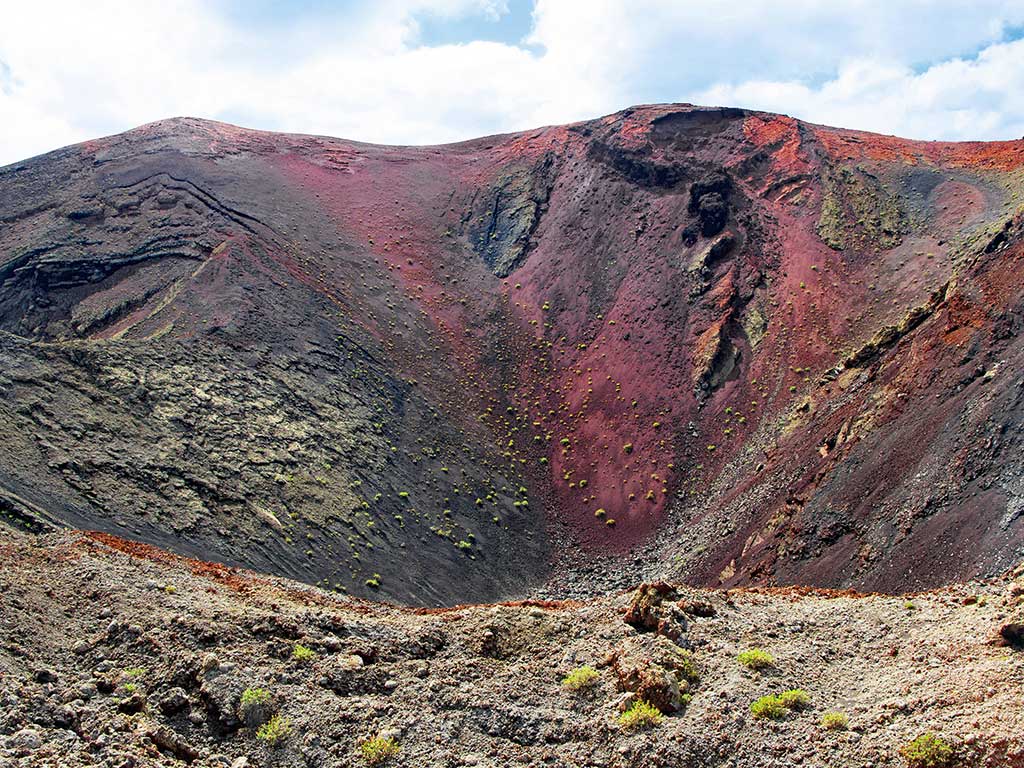
Timanfaya National Park is located in the Canary Islands, between Yaiza and Tinajo on the island of Lanzarote. Officially declared a National Park on 9 August 1974, it covers some 51.07 km².
Of volcanic origin and copper-coloured soils. There are about 25 volcanoes on its surface. Among the main volcanoes here are the Tinguatón Tao and Nuevo del Fuego volcanoes.
This volcanic environment, with its extreme conditions for the development of flora, has been able to adapt; however, it is still scarce and the most predominant species in sight are the so-called lichens.
Another aspect to consider in this park is its fauna. We can already see how inhospitable the conditions of the place seem to be, even so we can find some 200 species including rats, shrews, canaries, geckos, barn owls and starfish.
9. The Teide National Park "
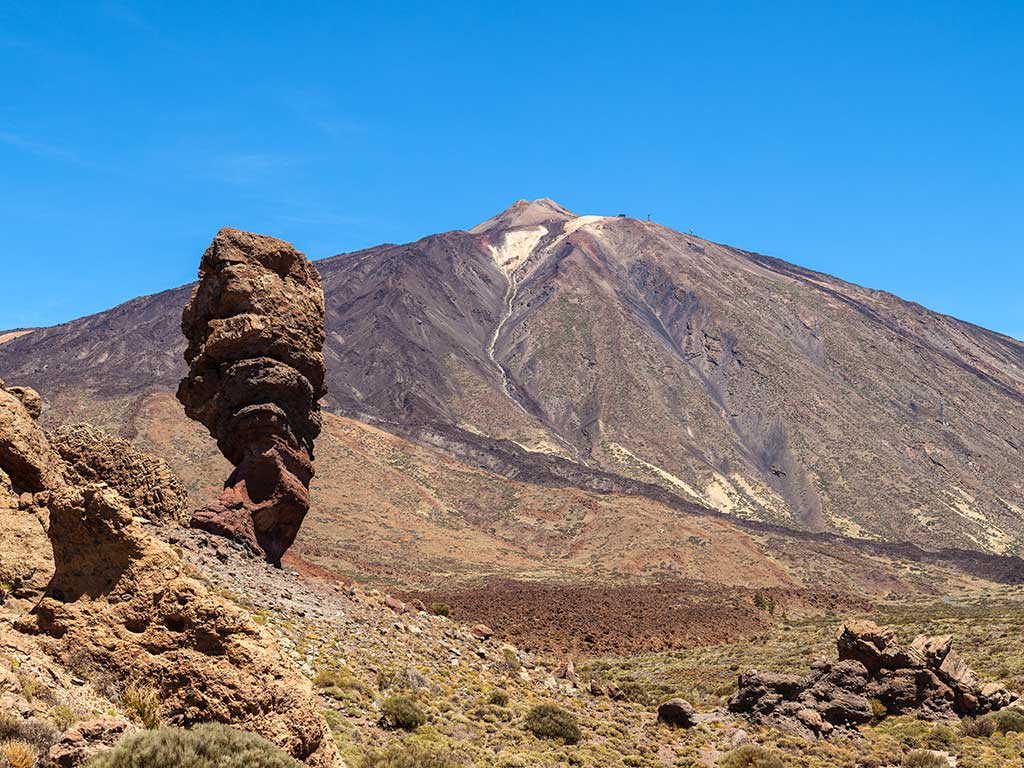
This is one of the most exotic parks in the whole list of national parks in Spain. It is located on the island of Tenerife in the Canary Islands. Of volcanic origin, the Teide National Park has special attractions and boasts the highest peak in Spain - the Teide - with an altitude of 3,718 m. On 22 January 1954 it was declared a National Park with a surface area of 189.9 km².
It is said that its geography is similar to that of the planet Mars, which is why it is of such interest to the scientific community that studies its soil as if it were that planet. And this particularity determines the presence of a flora in which we find species such as the red tajinaste, the spicy tajinaste, the malpaís flower or the Teide wallflower.
As for the fauna, there is a remarkable variety of species, including hedgehogs, the black lizard, the wild canary and the Teide chaffinch.
10. Garajonay National Park "
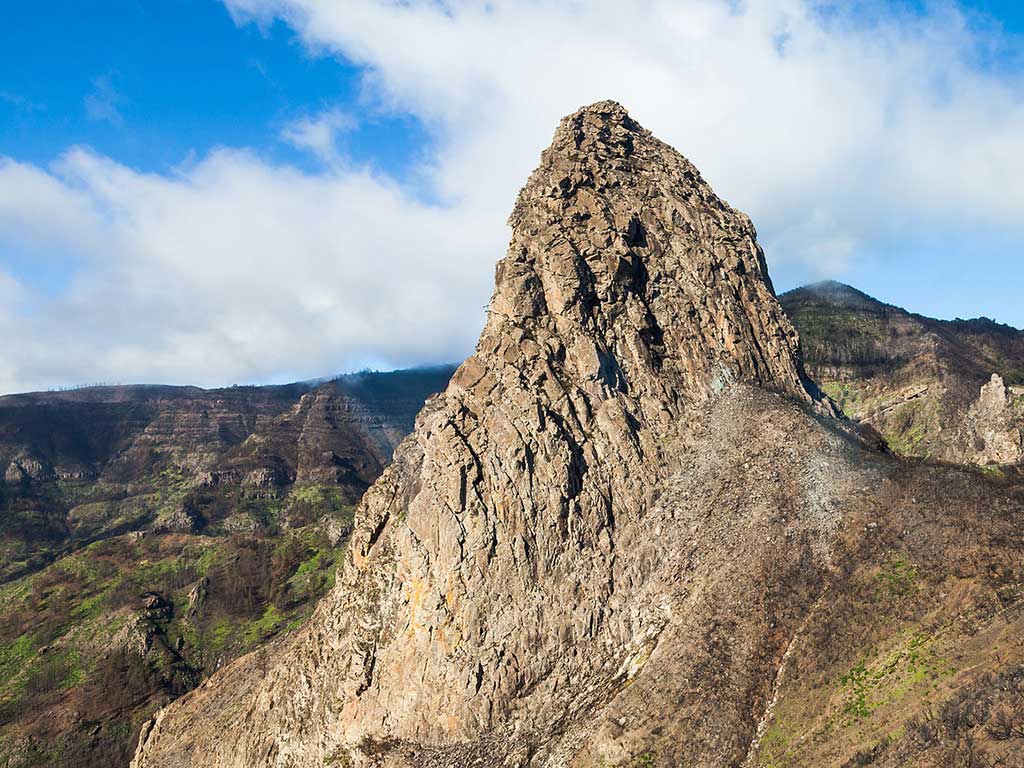
The attraction of this park is not only due to its natural beauty, but also to its legends. The Garajonay National Park takes its name from the legend of the lovers Gara, who is said to be a princess from the island of La Gomera, and Jonay, belonging to the island of Tenerife. According to the legend, their relatives did not allow the two to have an affair. This was the reason why they decided to stab themselves with a wooden spear and throw themselves into the void from the highest peak of the island.
This park is located on the island of La Gomera, in the Canary Islands. It covers an area of 39.86 km² and was officially declared a National Park on 25 March 1981.
The characteristic flora of this island is the Monteverde, which includes the laurel forest and the fayal-brezal. The former is a "living fossil" that originates from the very ancient flora that once existed in the Mediterranean area in Tertiary times, while the latter is a dry type of forest where tree species are scarce.
As far as fauna is concerned, invertebrates abound in this landscape. They are the opiliones, the so-called false slugs, or several species of molluscs. But we also find the rabiche pigeons or the turquoise.
11. The Caldera de Taburiente National Park
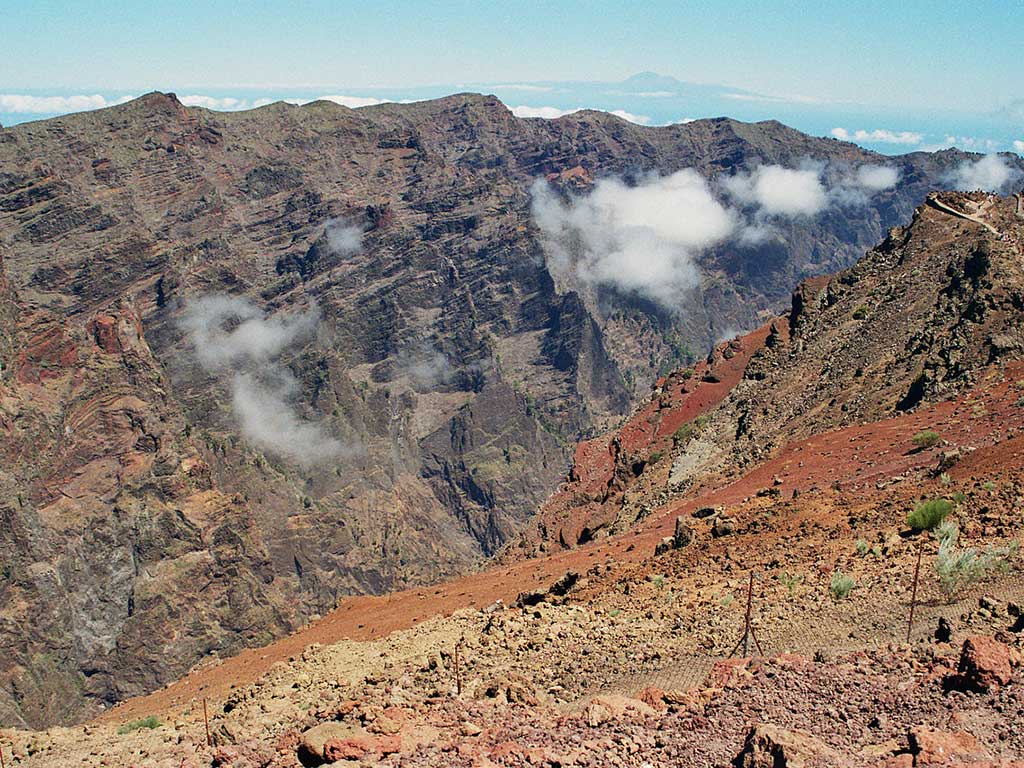
Declared a National Park on 6 October 1954, it is located on the island of La Palma, in the Canary Islands. It covers an area of 46.9 km².
The flora and fauna enhance this natural attraction, with species such as the Canary Island pine, the amagante, rockroses, the batatilla or the Canary Island cedar. And in relation to the fauna, the most outstanding species are the feral pigeon, the kestrel, the black-headed lizard and the southern frog.
12. Tablas de Daimiel
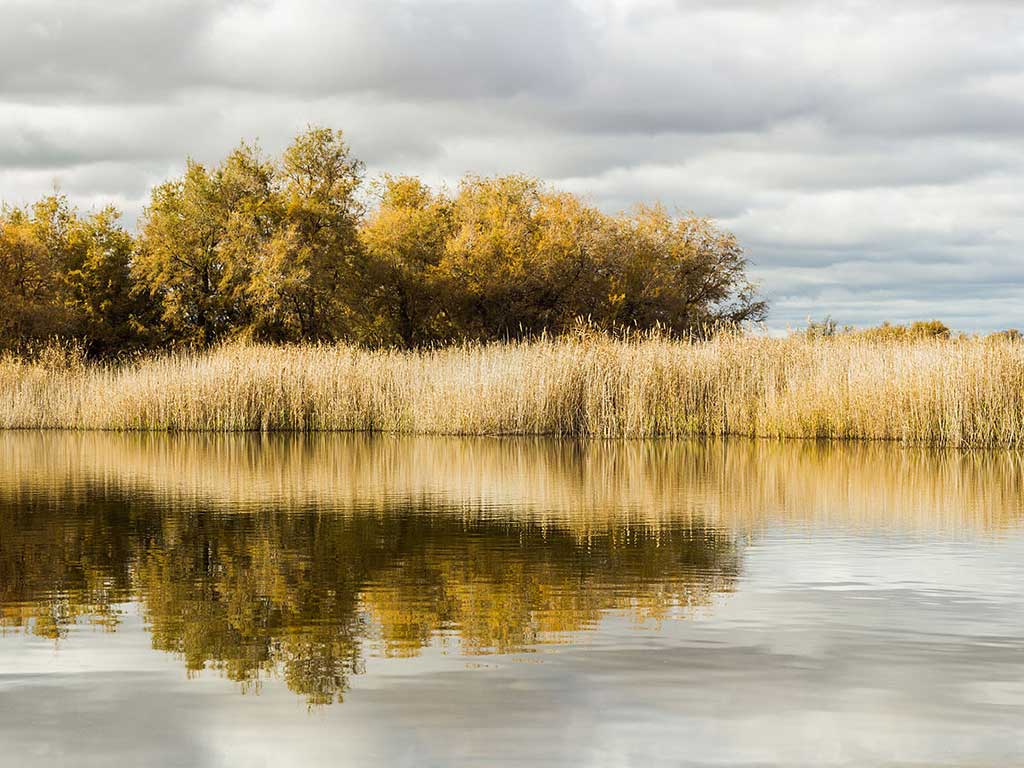
This is undoubtedly one of the most important aquatic ecosystems in the Iberian Peninsula. It is renowned for having a great variety of fauna and flora, not to mention the birds that use this destination as a migratory passage. Its wetlands originate from the Guadiana river, and are characterised by the scarcity of slopes and the presence of semi-drought phenomena.
The Tablas de Daimiel is a unique wetland, which is why it is a European destination for birdwatchers.
13. Picos de Europa
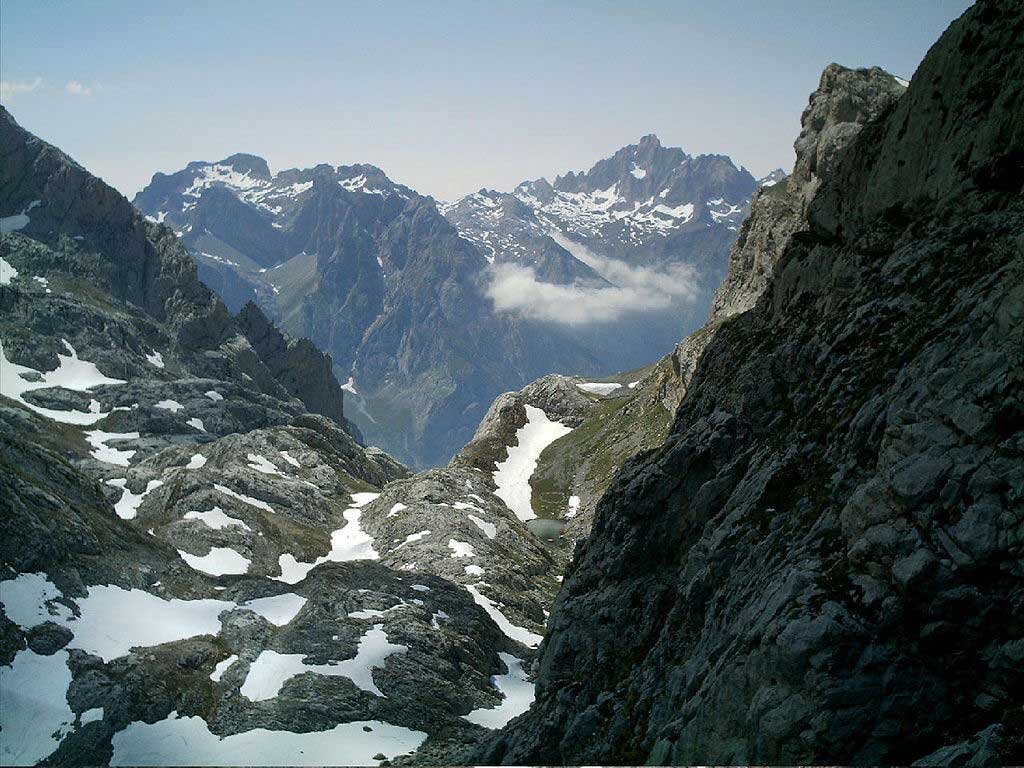
This park is the second most visited in Spain. This mountain massif forms part of the Cantabrian Mountains and has important geographical features of interest.
In its dense forests you can find wolves and the occasional bear. In addition, 100 species of birds inhabit the area, including the capercaillie and the black python.
14. Atlantic Islands of Galicia
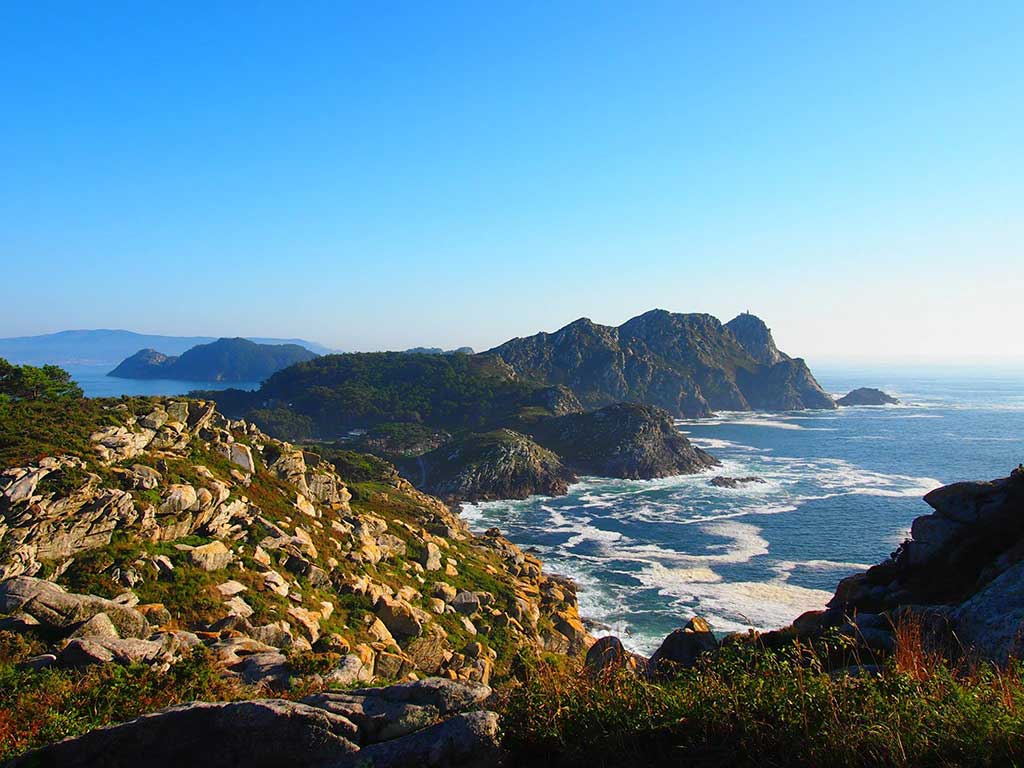
The archipelagos of Cortegada, Sálvora, Ons and Cíes are some of the most prominent features of this National Maritime and Terrestrial Park located in the Atlantic Islands of Galicia. It has an area of 84.8 km². On 1 July 2002 it was declared a National Park, the second maritime-terrestrial park in the country, together with the Cabrera archipelago in the Balearic Islands.
It can be said that this landscape is dual, between land and sea. On land there are dunes, beaches, rocky biotopes of cliffs and boulders. On the maritime side there are 200 different species of algae. The waters are transparent, allowing light to reach these depths and bring to life a rich ecosystem.
Among the species that can be found in this national park in Spain are the laurel, which spreads among a large forest; molluscs, corals, yellow-legged gulls, anemones, shaggy cormorants, alcae and guillemots.
15. Cabrera Archipelago "
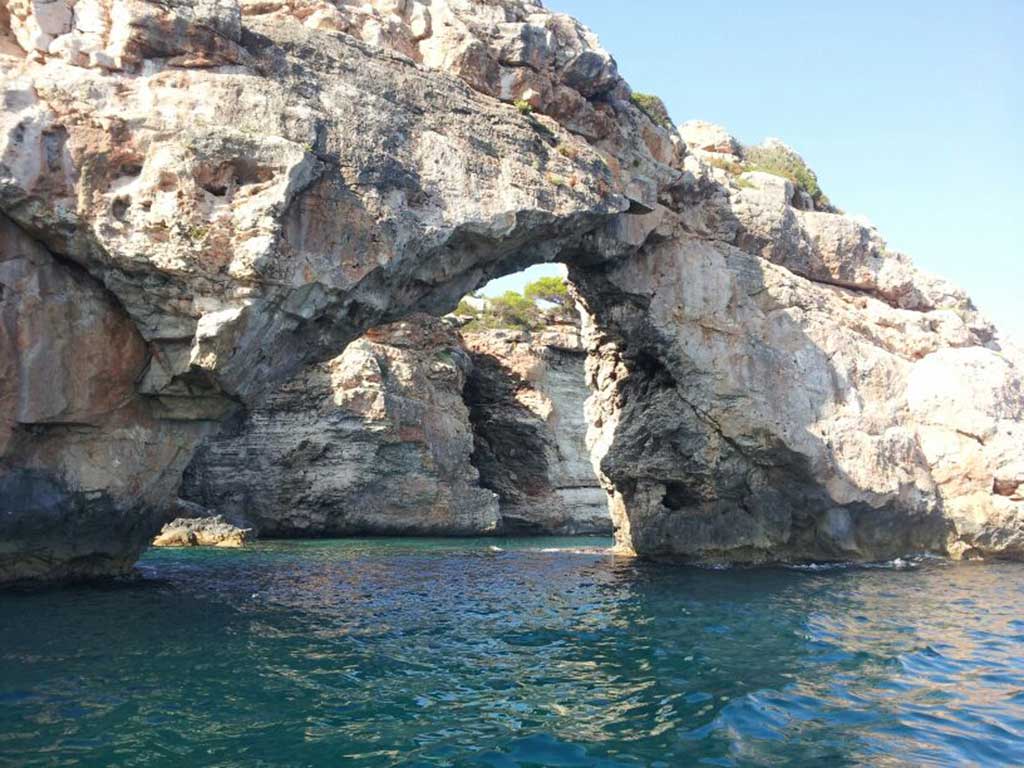
Made up of a group of islets and belonging to the Balearic archipelago, the Cabrera archipelago was declared a National Maritime and Terrestrial Park in 1991. It is of great importance because its landscape has been preserved over the years and it can be said to be one of the best preserved in the area.
Don't miss any adventure in the Pyrenees!
